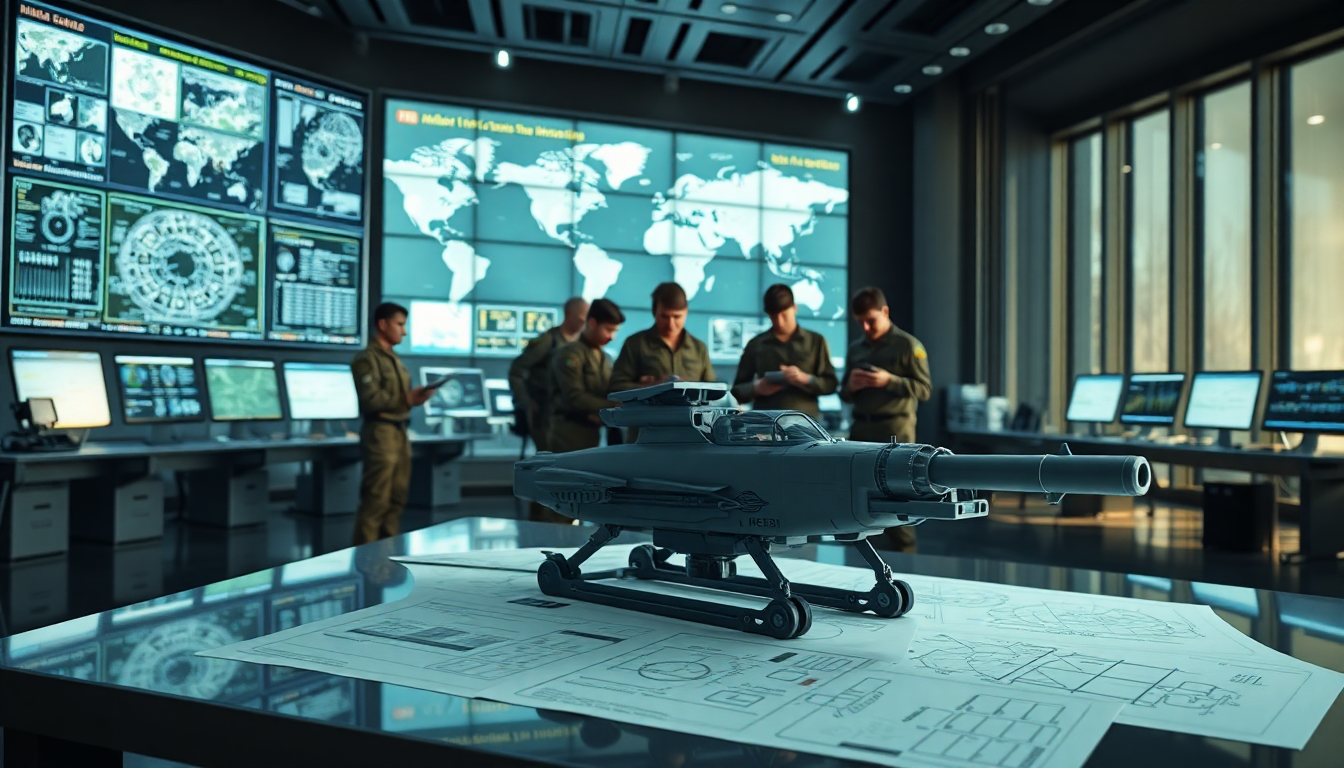Table of Contents
The world of military technology is constantly evolving, and it’s reshaping how we think about global security. Have you ever wondered how new weapons might change the balance of power among nations? Recently, a state broadcaster shared an eye-catching animation showcasing a potential new weapon aimed at disrupting command and control systems.
This development raises some serious questions about what these innovations mean for international relations and military strategies.
Unpacking the new weapon
The weapon featured in the animation looks like a graphite bomb, designed to trigger widespread electrical outages in a targeted area.
According to footage shared by a social media channel linked to CCTV, this weapon is launched from a ground vehicle and releases 90 cylinder-shaped submunitions when deployed. Each of these submunitions is crafted to take out electrical infrastructures, creating chaos for enemy forces.
Can you imagine the level of disruption this could cause?
This capability is particularly alarming because it attacks the very core of modern military operations: communication and control systems. By knocking these systems offline, the weapon could severely hinder an opponent’s ability to coordinate military activities, giving a significant tactical edge to the attacking force.
Yet, the exact designation and development stage of this weapon remain a mystery, leaving analysts to wonder about its real operational readiness. What does this mean for the future of warfare?
The ripple effects on global security
The introduction of such advanced weaponry into military arsenals could drastically alter the landscape of global security.
As countries keep pushing the envelope with new technologies, the risks associated with military conflicts could ramp up. Those nations with less tech-savvy military capabilities may find themselves at a serious disadvantage against adversaries equipped with these advanced systems.
Isn’t it wild to think about how quickly the stakes can change?
Moreover, the spread of these technologies could spark an arms race, with nations feeling pressured to develop or acquire similar capabilities to keep up. This scenario can destabilize regions, leading to increased tensions and potential conflicts. That’s why it’s essential for world leaders and policymakers to tackle these emerging threats head-on, using diplomatic channels and international agreements to regulate the development and use of such military innovations.
Looking to the future: strategies and considerations
As we look ahead, it’s crucial for countries to engage in strategic talks to mitigate the risks posed by advancements in military technology. Establishing frameworks for transparency and accountability in military capabilities could help lower misunderstandings and build trust among nations. Wouldn’t that be a step in the right direction?
Additionally, investing in defensive measures and counter-technologies can be a proactive way to protect national security. Military establishments must adapt and evolve to meet new challenges posed by these cutting-edge weapons. Staying ahead of the curve is vital.
In conclusion, the emergence of innovative military technologies like the graphite bomb marks a significant shift in the landscape of global security. As nations navigate this complex territory, prioritizing dialogue and cooperation will be crucial in fostering a secure and stable international environment. What role do you think diplomacy will play in this new era of military technology?





